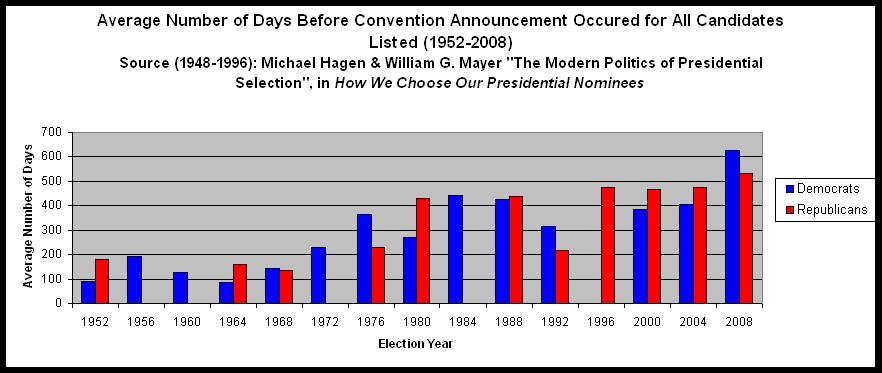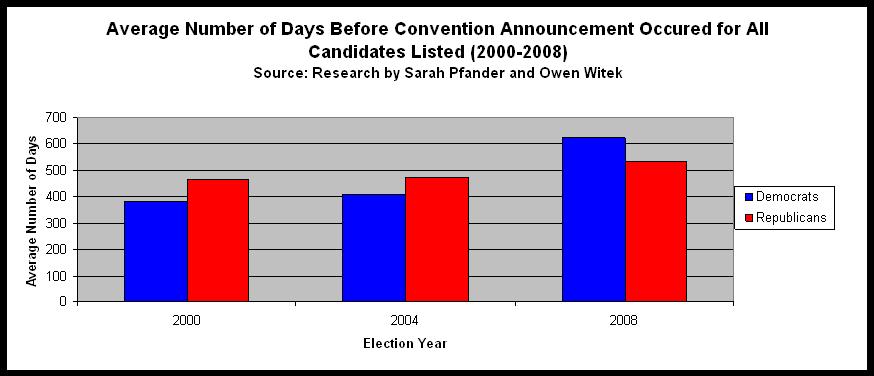With all signs indicating that Texas Governor Rick Perry is about ready to throw his hat in the ring, national polls already place him near the top of the Republican field (see here and here ) along with Romney, Palin and Bachmann. As many of you have heard me say for several weeks now, if Perry enters the race, he is in my view the strongest Republican candidate – one who, in contrast to the media-created boomlets regarding the candidacies of Jon Huntsman and perhaps Tim Pawlenty and Michele Bachmann, has the record and stature to beat President Obama.
But will he enter the race? Already he has missed getting on the ballot for the overhyped- Iowa straw poll, to be held next month. Rumors now indicate a late August start date for Perry’s official announcement. Perry, so far, is playing coy. With most of the other Republican candidates (all except the Moosemeister herself, and Rudy Guliani) already officially in the race for several months now, how long can Perry wait? If we look at the average announcement times of presidential candidates going back to 1948, we see that, historically speaking, Perry appears to have no need to rush a formal announcement. The following table shows how long before their party’s conventions, on average, the major presidential candidates formally announced their candidacy for each election back to 1952. .
| Year | Democrats | Republicans |
|
1952 |
90 |
182 |
|
1956 |
193 |
|
|
1960 |
125 |
|
|
1964 |
86 |
160 |
|
1968 |
142 |
136 |
|
1972 |
231 |
|
|
1976 |
365 |
228 |
|
1980 |
269 |
431 |
|
1984 |
442 |
|
|
1988 |
427 |
436 |
|
1992 |
316 |
219 |
|
1996 |
475 |
|
|
2000 |
384 |
466 |
|
2004 |
407 |
473 |
|
2008 |
625 |
534 |
Across 15 presidential campaigns, the “average” presidential candidate during this period makes their announcement about 314 days before the start of their party’s convention. Based on this, Perry has plenty of time; the Republican national convention doesn’t start until August 27, 2012 – about 390 days from now.
But this average masks wide variation both within years, and across elections. First, if we show the data graphically, it’s clear that presidential campaigns began growing increasingly longer with the switch during 1972-76, from a party-dominated caucus-based nomination system to today’s primary-based, media-driven system.
Moreover, the three most recent elections (combining both parties) have seen the earliest average announcements yet (along with 1988).
In 2008, the average Democrat announced their candidacy 625 days before the Democratic Convention – the average Republican 534 days in advance. Both were records for earliest announcements in the post- 1948 campaign era. (Thanks to Anna Esten, Sarah Pfander and Owen Witek for locating the announcement data for 2000, 2004 and 2008). By these standards, Perry (and Palin and Guiliani, if they decide to run) are rather late to get in the race. Still, when John Kerry won the Democratic nomination in 2004, he didn’t formally announce until a scant 329 days before his party’s convention. So there is historical precedent for waiting several more months. But Kerry’s announce date is an anomaly in the post-reform nominating era. In recent elections most candidates jump in – as was the case this year – closer to a year and a half before the nominating conventions. By this standard, Perry is getting a late start.
Keep in mind, however, that in making a presidential run, the formal announcement is the icing on the cake – what really matters is how much preparation the candidate is doing in the run up to formally announcing their bid. If media reports are accurate, Perry is already putting together a fundraising infrastructure and is courting party leaders and activists in Iowa and New Hampshire. Both Guiliani and Palin possess the benefit of having run national campaigns before and both have national name recognition, so the pressure on them to announce early is much less. Perry, on the other hand, has less name recognition, and has never run a national campaign. For these reasons, I expect him to announce sooner – by the end of August at the latest. That would put him within a year of the Republican convention – still plenty of time to mount a serious challenge for the Republican nomination. When he does announce, it will leave only Palin and Guiliani on the sidelines as likely Republican candidates. Of the two, I think Palin has the most leeway in terms of waiting – indeed, the longer she waits, the more the anticipation builds, at least to a point. Guiliani, on the other hand, probably needs to jump in earlier than Palin.
Let the games begin!


